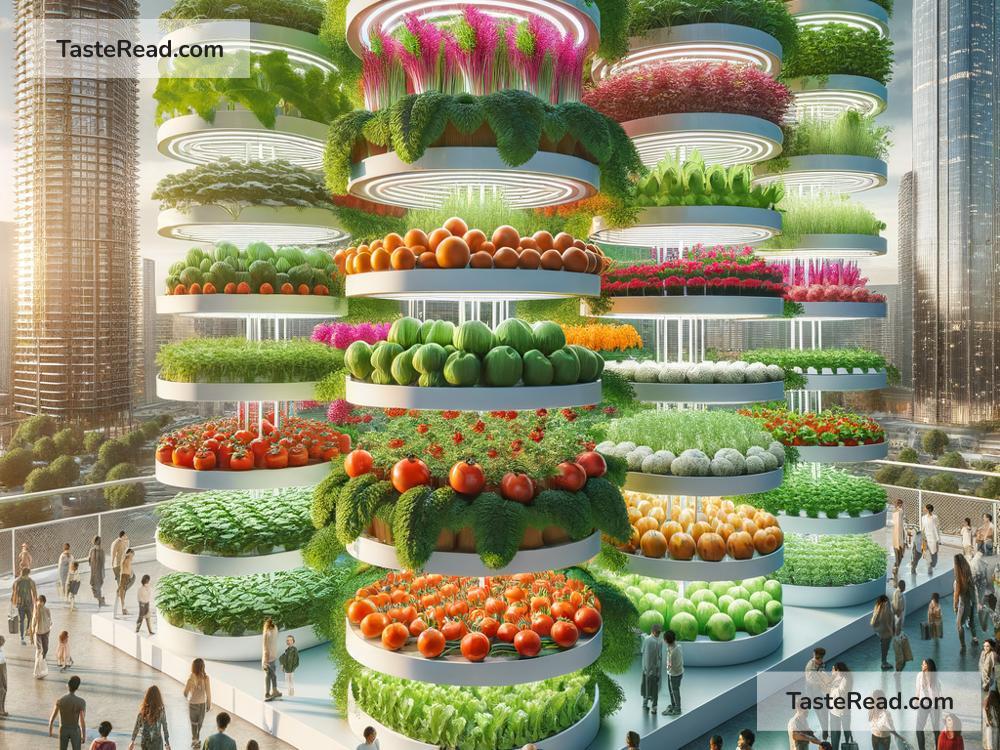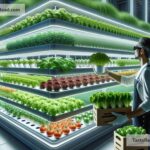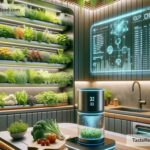The Future of Food: Building Holistic Global Systems
Imagine standing in a world where every person has access to fresh, healthy, and sustainably grown food. A world where eating doesn’t harm the planet, but instead helps it heal. This vision of the future isn’t impossible—it’s achievable with innovative ideas, smarter systems, and a commitment to work together globally. Let’s explore what the future of food might look like when we embrace a holistic approach to feeding the planet.
The Challenges We Face Today
Right now, the way we produce and consume food has serious flaws. Many people don’t have enough food or proper nutrition, while others live with health problems caused by overeating processed and unhealthy foods. Farming practices often harm the environment, leading to deforestation, soil depletion, and pollution. Climate change adds extra pressure, making it harder to grow crops in some areas.
At the same time, global food systems are complicated. Many nations rely on imports and international trade to keep shelves stocked. Supply chain disruptions, whether caused by wars, pandemics, or natural disasters, can quickly lead to shortages. Clearly, our current systems need to be reimagined.
What Does a “Holistic Global System” Mean?
A holistic global food system looks at all parts of the food process—from growing to consuming—and considers people, the planet, and profits equally. Instead of focusing just on making food cheaper or faster, this approach prioritizes sustainability, fairness, and long-term health for everyone and everything involved.
One key idea behind holistic systems is balance. This means growing food in ways that don’t harm the environment, reducing food waste, and ensuring fair access to food resources for all communities. It’s about understanding how everything connects: farms, ecosystems, economies, cultures, and even the actions of individuals.
Innovations Driving the Future
To create a more balanced food system, we need new ideas and technologies. Fortunately, some exciting innovations are already paving the way:
-
Vertical Farming: Imagine skyscrapers filled with rows of lettuce, tomatoes, and herbs instead of office desks. Vertical farming uses cutting-edge technology to grow crops indoors, without soil, using minimal water. This could help us grow fresh, local food in cities where land is scarce.
-
Alternative Proteins: The future might include burgers made not from beef but from plants or lab-grown meat. Plant-based and cultivated proteins are becoming more popular as they require fewer resources to produce and create less pollution than traditional animal farming.
-
Precision Agriculture: Farmers are using advanced technology like drones, sensors, and AI to monitor crops and soil conditions. These tools help them use just the right amount of water, fertilizer, and pesticides, reducing waste and environmental harm.
-
Circular Food Systems: Instead of throwing away food scraps, imagine transforming them into compost or energy. A circular food system focuses on reusing and recycling, ensuring that no part of the food process goes to waste.
-
Climate-Resilient Crops: Scientists are developing plants that can survive extreme weather, such as drought or flooding. These resilient crops will help ensure food security as climate change continues to affect farming regions.
Local Solutions for Global Impact
While global innovation is important, supporting local food systems is equally vital. Communities around the world are finding unique ways to grow and share food sustainably. For example:
- In urban areas, community gardens are turning empty spaces into mini farms, allowing neighbors to grow their own vegetables.
- Small-scale farmers are using traditional methods, such as crop rotation, to keep soil healthy.
- Indigenous peoples’ knowledge of ecosystems and sustainable practices offers valuable lessons for managing food resources.
Strengthening local systems means fewer food miles—products don’t have to travel thousands of kilometers—and greater resilience if global supply chains are disrupted.
Individual Actions Matter
Each of us has a role to play in building the future of food. Small daily choices can make a big difference. Here are a few ways to get involved:
- Eat Sustainably: Choose locally grown, seasonal produce and consider reducing meat consumption. Supporting plant-based options helps lower your environmental footprint.
- Reduce Food Waste: Plan meals, use leftovers creatively, and compost scraps instead of throwing them away.
- Support Sustainable Brands: Buy products from companies that care about the environment and fair treatment of workers.
- Learn and Advocate: Educate yourself about food systems in your region and support policies that promote sustainability and fairness.
Collaboration Is Key
Solving our food challenges requires teamwork. Governments need to invest in sustainable agriculture. Businesses must develop eco-friendly food production methods. Scientists should share discoveries about climate-resistant crops and renewable packaging. Consumers can demand change and support brands that prioritize sustainability.
No single system or solution will fix everything. The future of food depends on blending ideas, cultures, and technologies from across the globe. It’s about recognizing that we’re all connected—people, planet, and prosperity.
A Shared Vision
The future of food isn’t just about survival. It’s about thriving, together. Imagine a world where farmers grow food in harmony with nature, factories create products without polluting, and every child wakes up knowing they’ll eat a healthy meal today. This vision isn’t far-fetched—it’s a journey we’re already on. By embracing innovation, supporting local efforts, and working together globally, we can build a food system that works for everyone and protects the planet for future generations.


